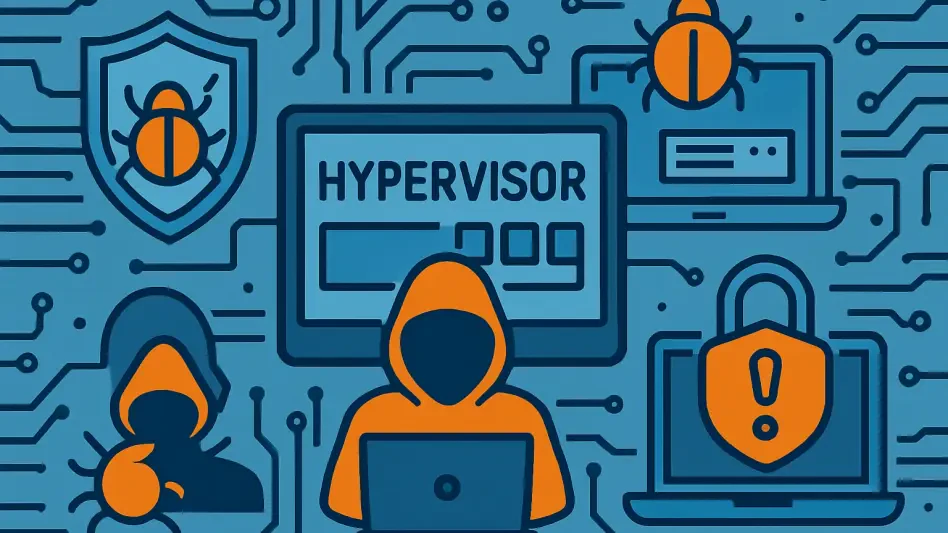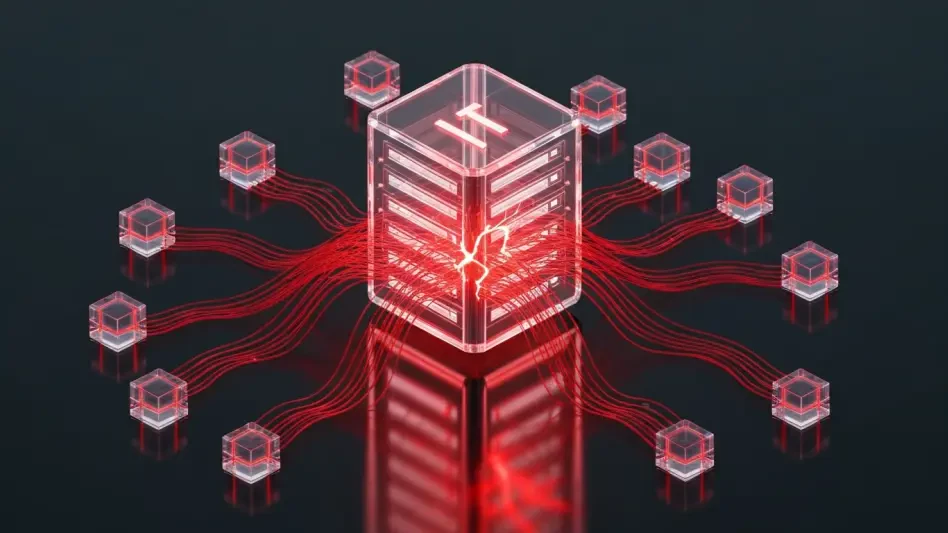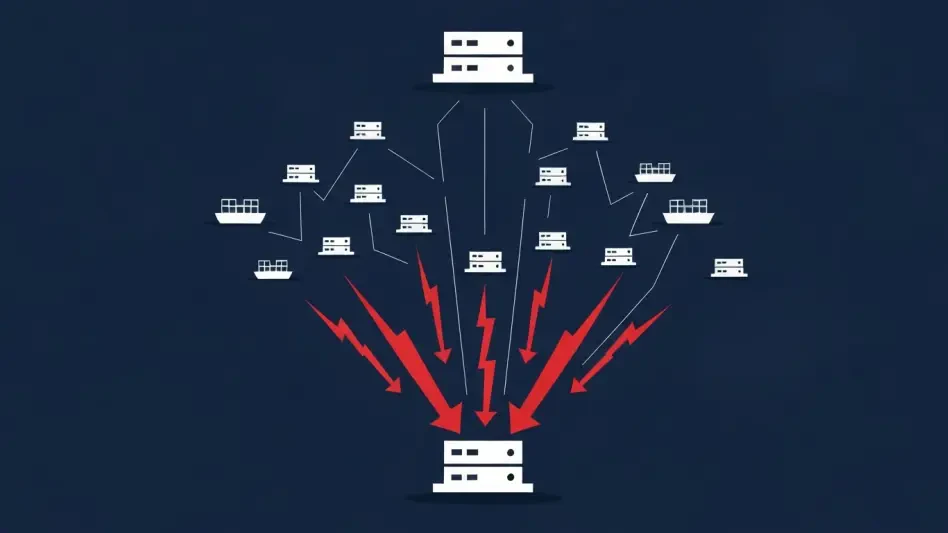The digital age presents a dynamic battlefield where cyber attackers, like UNC3944, refine their tactics to exploit hypervisors—the backbone of virtualized environments. This shift highlights the reality that cybersecurity is more critical than ever, with attacks targeting vital systems across industries from retail to insurance. By scrutinizing current trends and potential future scenarios, this analysis uncovers the pressing need for enhanced security measures to safeguard virtualization infrastructure.
Emerging Challenges in Virtualization Security
Virtualization technology has experienced rapid growth, shifting from an innovative server optimization method to a crucial component of modern business strategies. As industries across the globe embrace virtualization for its flexibility and cost-efficiency, hypervisors have become prime targets for cybercriminals. This transformation underscores the importance of fortifying hypervisors against a backdrop of increasingly sophisticated cyber attacks. With attackers’ strategies becoming more advanced, the stakes for businesses relying on virtualized environments have never been higher.
Unraveling Attacker Tactics
Attackers infiltrate virtualized ecosystems using crafty techniques like social engineering and credential theft, epitomized by groups such as UNC3944. By manipulating IT help desks through voice phishing, these attackers gain footholds within virtual systems, often bypassing conventional security structures. Recent incidents highlight how attackers pivot within compromised environments to exfiltrate data or deploy ransomware. This new wave of cyber campaigns poses strategic dilemmas and challenges to traditional security frameworks, compelling industries to reconsider their defense mechanisms.
Advanced Techniques Reshaping Security Challenges
Attackers increasingly adopt “living-off-the-land” strategies, using existing administrative tools to remain undetected. This trend reveals inherent vulnerabilities in traditional IT defenses, necessitating a fresh approach to cybersecurity. As cyber landscapes evolve, businesses must tackle these new threats by adapting their security postures. By employing adaptive solutions, organizations can anticipate and counteract these emerging threats, strengthening their defenses against unconventional methods.
Varied Threat Landscape Across Regions
Cyber threats manifest differently across regions due to unique regulatory and market factors. Some areas prioritize cybersecurity because of strict regulations, while others face distinct threats exploiting hypervisor vulnerabilities. Industry experts emphasize the importance of understanding these variations, advocating for tailored security strategies suited to specific market challenges. Dispelling outdated beliefs about virtualization security is crucial for organizations to effectively thwart advanced cyber threats.
Future Directions in Hypervisor Security
The security landscape for hypervisors is on the cusp of transformation, driven by technological innovations and shifting cyber dynamics. Emerging trends, such as perimeter-less security models and AI-driven threat detection, promise to redefine strategic defense in virtual environments. As regulations evolve, there will be an impetus for stricter controls and innovative protection methods. Industry forecasts suggest that hypervisors will increasingly form critical elements of integrated cyber defense systems, signifying their enduring importance amid technological advances.
Recap and Strategic Outlook
In retrospect, cyber attackers exploiting hypervisors highlight the shift in digital security challenges. As industries continue to leverage virtualization, maintaining a focus on hypervisor security remains paramount. Recommendations include stringent identity verification, advanced monitoring, and investment in AI technologies to bolster existing defenses. These strategies, informed by insights from industry leaders, are essential in protecting virtual environments and ensuring the security of critical digital assets. The journey toward securing these environments requires an understanding of these attack vectors and a commitment to proactive and informed defenses in an ever-evolving cyber landscape.








